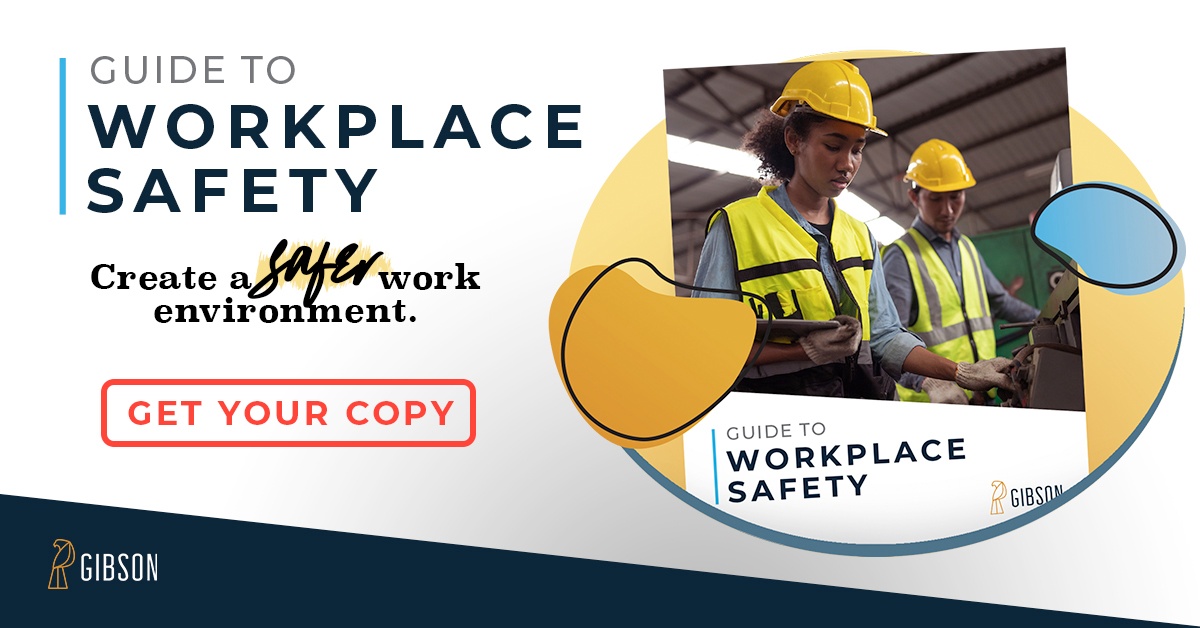.jpg) As baby boomers reach retirement age, many are choosing to work longer, thus changing the demographic makeup of your workforce. There are proven benefits – they are some of your most loyal and experienced employees, which makes it important for risk and safety professionals to look for targeted strategies to safeguard the safety of their aging workforce.
As baby boomers reach retirement age, many are choosing to work longer, thus changing the demographic makeup of your workforce. There are proven benefits – they are some of your most loyal and experienced employees, which makes it important for risk and safety professionals to look for targeted strategies to safeguard the safety of their aging workforce.
Studies show that one in four workers will be older than age 55 by 2030. According to the U.S. Census Bureau, the numbers of workers age 55 and over will increase from 19 million in 2020 to 32 million by 2015. Workers have several motivators for working longer including improved medical treatment, financial needs (short-term and for retirement), the opportunity to use their talents and skills, to keep mentally and physically healthy, and the enjoyment of work. Regardless of the motivating factor, it is clear that the aging workforce trend is going to be bringing changes to the workforce in the years to come.
The workplace injuries faced by older workers are different than those of younger workers. Younger workers tend to experience more back and ankle sprains while older workers have a higher incidence of rotator cuff and knee injuries. With these different types of injuries come different injury costs. Even though studies show that age groups 40+ tend to have fewer injuries, their average cost per claim remains higher due to the severity and the increased number of treatments.
When preparing strategies to safeguard the safety of your aging workforce it is important to look for cost effective solutions and to ensure your solutions do not infringe upon workers’ rights or cause detriment to productivity. The following are elements to consider when developing your aging workforce strategies:
- Find your older workers and their specific jobs. This will help you better identify the risks.
- Analyze the jobs and tasks of aging workers. Consider repetition, body positioning, and forces/strength required. Use this analysis to identify methods for reducing the potential for injury.
- Consider reassignments and/or job sharing to better align employees’ physical capabilities with the job specific tasks.
- Incorporate a wellness program to encourage healthier living and lifestyle choices.
- Offer more flexible and creative work schedule options for older workers such as phased-in retirement option, seasonal work, or semi part-time with health benefits.
By considering these elements and creating strategies aimed at better managing the safety and health concerns for older workers, employers can aid in retention, help create a productive and inclusive environment, as well as reduce workers’ compensation claims costs.




